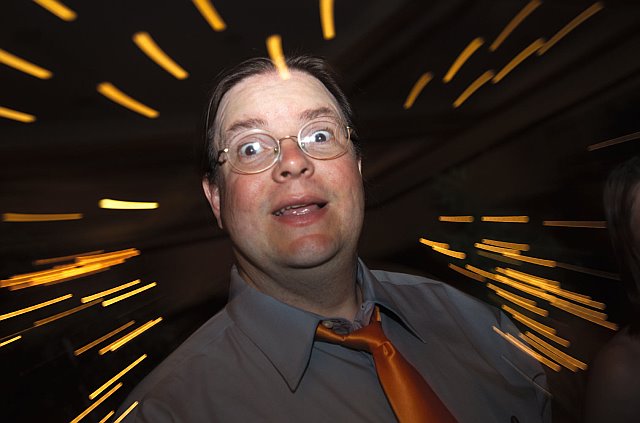POLTERGEIST
The following is a text of an introduction I gave to the film at the Historic Cedar Theatre on October 27, 2012.
Poltergeist
(1982)
is a unique and unusual film, even within the horror genre, where the unique
and unusual are expected. A haunted house movie in which no one is killed, with
a cast of characters that is punished for no obvious reason, and a PG-rated
film that is about as anti-family friendly as it can be, Poltergeist can be regarded as a truly classic horror film that
continues to frighten audiences even 30 years later.
One of the most discussed aspects of the film is who is
actually responsible for directing it. Tobe Hooper, the acclaimed director of
the original Texas Chainsaw Massacre,
is listed in the credits, and his style can certainly be detected in the film’s
second climax, which challenges many of the aspects of the suburban dream that
was such a major component of early 1980s American culture. But members of the
cast and crew, including Executive Producer Frank Marshall
and actress Zelda
Rubinstein, have stated that Spielberg cast the film, directed
the actors, and designed every single storyboard for the movie himself. Based
on this evidence, the Directors Guild of America actually opened a probe into
the matter, but found no reason that co-director credit should go to Spielberg
(IMDB).
One of the reasons Spielberg brought Hooper in on the film
was that, at the time, Spielberg was busy working on another film, E.T.: The Extra-Terrestrial. Spielberg
was contractually prevented from directing another film while working on E.T., and the two films were released
only a week apart from each other in 1982: Poltergeist
on June 4, E.T. on June 11
(IMDB). The two films also share a suburban setting, and offer different
examples of suburban lifestyles. The kids in E.T. live with their recently divorced mother and are brought
together by a visiting alien; the family of Poltergeist
finds a renewed bond after they are horrifically divided by the spirits
haunting their home. The mother in E.T. is
emotionally distanced from her children, while the mom in Poltergeist is sexually assaulted by a ghost. The little girl in E.T. takes her new friend
trick-or-treating, and the little girl in Poltergeist
is sucked into a closet.
Clearly, the suburbs of Poltergeist
are no safe place for families or aliens, and it is hard to imagine a
director like Spielberg demonizing them. On the other hand, many of Spielberg’s
films deal precisely with the intrusion of the alien into suburbia: Jaws, Close Encounters, 1941, A.I., and
even The Color Purple depict families
encountering unexpected disruptions in their normative environments.
Poltergeist is
also unusual in offering a cast of characters—a family—that has seemingly done
nothing to invite the punishments routinely offered in many other horror films,
which are usually morality tales. “Do Diane and Steve tempt fate by smoking
dope at bedtime? Is Steve culpable because he's a salesman for a developer
raping the land? Diane struggles to get out of the muddy hole dug for her
swimming pool -- is she being punished for the crime of owning a home?”
(Erickson) A popular misconception about the film is that the Freeling’s home
is built on an ancient Indian burial ground, a plot device that has been used
in many other films and a memorable Family
Guy parody of Poltergeist. But
this potential cause is actually dismissed in the film, though the
misconception remains.
Whatever the cause, one of the most subversive aspects of
the film is its suggestion that television itself is “the greatest threat to
the familial bond” (Henderson), an idea that would have obvious appeal to
film-makers like Spielberg and Hooper. And
the real fun of the movie is seeing how scary a PG-rated film can be: the film
was originally given an R-rating in the U.S. and an X certificate in the U.K.,
prohibiting anyone under 18 from seeing the film. (Both ratings were appealed
successfully.) (IMDB) Though Poltergeist did
not ultimately change horror movies, it remains a frightening example of how, in
the right hands, every member of the family can be terrified by the same film.
Erickson, Glenn. “Poltergeist: Savant Blu-ray Review.”
Henderson, Eric. “Poltergeist.” Slant
Magazine.


